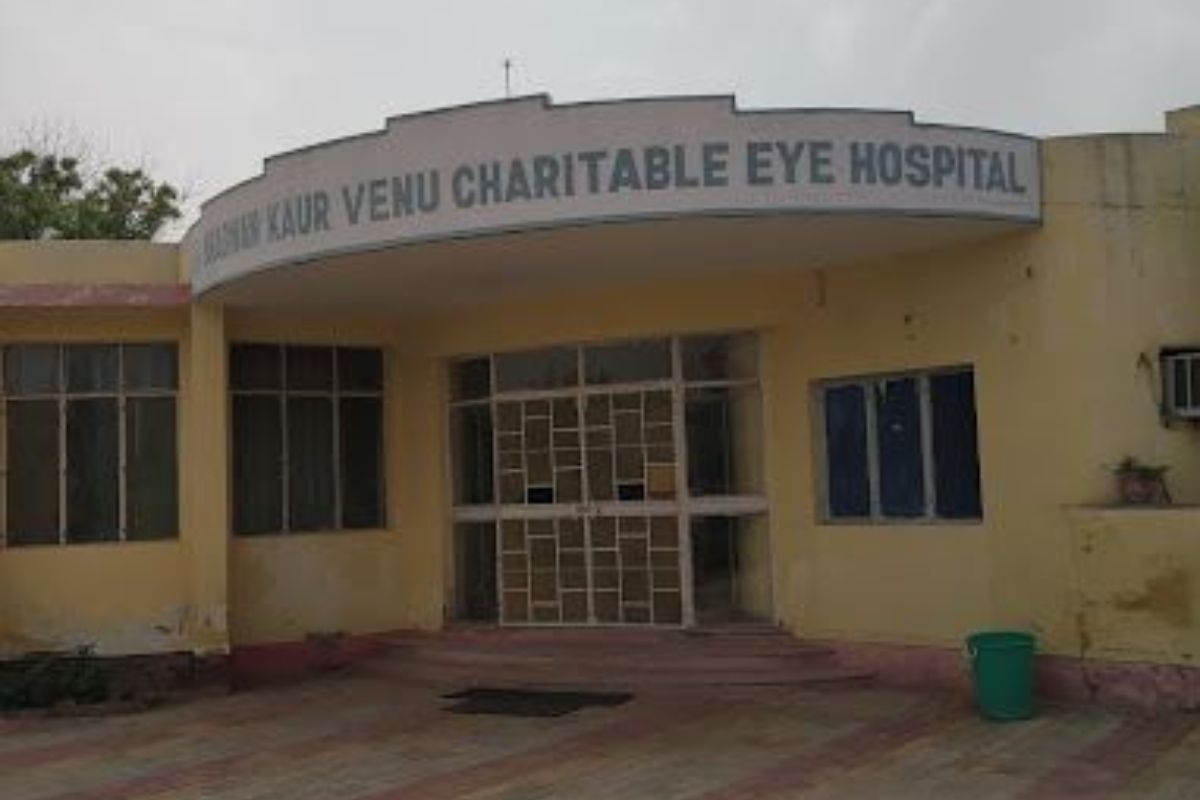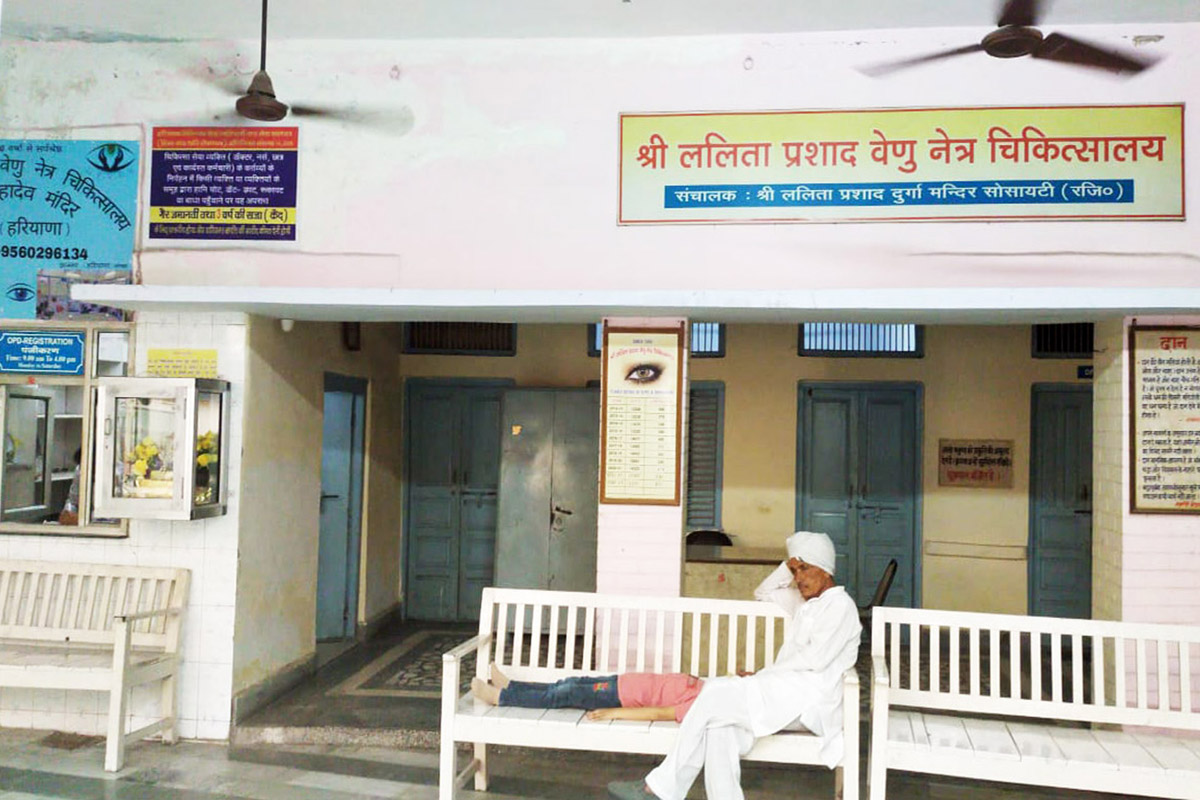Satellite hospitals or secondary-level eye care centers are a crucial link between primary eye care activities in the community, especially in the rural areas and tertiary services at the base hospital. They provide comprehensive eye care services to a population of 1–2 million and have a strong element of community participation.
Accessibility of the hospital from community as well as service provider point of view is of paramount importance. The provision of supporting clinical and nonclinical services, as well as monitoring its activities necessitates that the satellite hospital should not be more than an overnight travel distance from the base hospital. Availability of basic amenities and decent living facilities helps to retain staff working in these hospitals.
Preexisting primary eye care activities (peripheries, vision centers, regular diagnostic camps, etc.) to assess the need in the area where satellite hospital is being established, helps to increase community participation and uptake of services from the beginning.
A typical satellite hospital has 30–40 beds with a well-equipped OPD including pharmacy, optical unit, YAG laser and visual field analyzer, as well as exclusive eye operation theatres with operating microscopes, phaco, and vitrectomy machines. The human resources include ophthalmologists (2 or more), 3–4 optometrists, and 1 each of optician, OT technician, and satellite coordinator, and 1–2 camp organizers and a few supporting staff.
The satellite hospitals are equipped to provide the following services by well-trained human resources:
- OPD services including patient counseling
- Specialty clinics
- Eye surgeries including phacoemulsification and SICS for cataract, glaucoma, and lid surgeries
- Tele ophthalmology
- Optical dispensing
- Pharmacy
- Training program for ophthalmologists, paramedics, and health workers
- Linkages to vision centers
- Diagnostic camps
- School screening
- Eye donation centers
- Health education
- Community based programs
Glaucoma and medical retina services are added depending on the felt need.
It has been estimated that networking between primary and secondary levels can manage 95% of eye care-related problems and 85–90% of blindness.
Satellite hospitals provide accessible, affordable, accountable quality eye care with strong community participation. Some of these hospitals have been upgraded to provide selected specialty services and training to various eye care professionals.
All satellite hospitals have the potential to become financially self-reliant within 3–5 years from start of operations.




